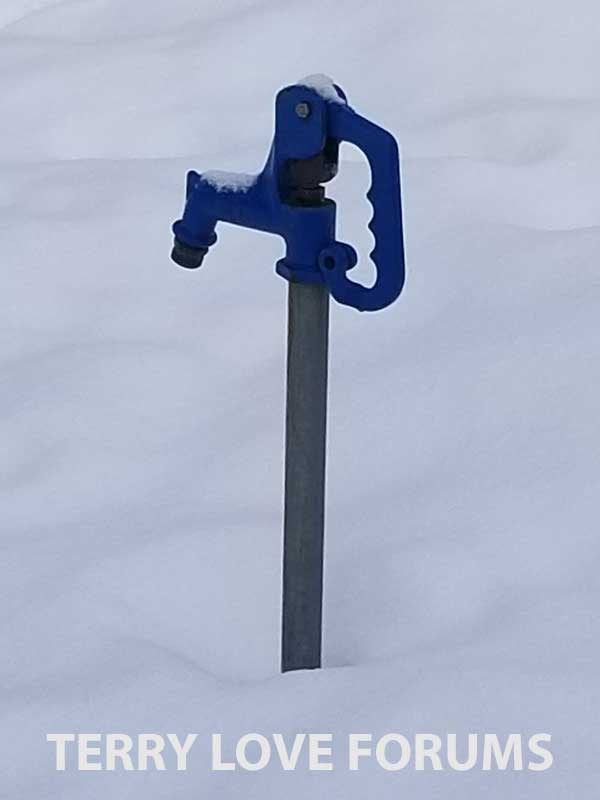Hello,
I am going to install (2) outdoor water hydrants on my property. They are the kind that will not freeze during cold weather. I have previously run the underground water lines around the footings of my attached 3 car garage a few years back when I built the garage. All I have to do is locate the two points on the line that I previously arranged to be the attachment points. I know that there are 2 types of hydrants made, one called a sanitary hydrant and the other one just a regular. The sanitary does not let the drained off water mix with the ground water. A lot of counties require these type to be used by law. However, they are around $500 dollars each and the regular type can be bought for a hundred or so. The reason counties require the sanitary type is to eliminate the possibility of getting ground water sucked back in to the house water lines. Now my question....I have been told that I could use the regular type with no problems if I put "this valve" (I can't remember it's name) in the water line between the house and the hydrants. It is supposed to keep any water from flowing back into the house water lines. Can anybody tell me the name of this device and maybe some more information about it and it's operation ? This would be greatly appreciated!!!
Thanks
Drainplug

I am going to install (2) outdoor water hydrants on my property. They are the kind that will not freeze during cold weather. I have previously run the underground water lines around the footings of my attached 3 car garage a few years back when I built the garage. All I have to do is locate the two points on the line that I previously arranged to be the attachment points. I know that there are 2 types of hydrants made, one called a sanitary hydrant and the other one just a regular. The sanitary does not let the drained off water mix with the ground water. A lot of counties require these type to be used by law. However, they are around $500 dollars each and the regular type can be bought for a hundred or so. The reason counties require the sanitary type is to eliminate the possibility of getting ground water sucked back in to the house water lines. Now my question....I have been told that I could use the regular type with no problems if I put "this valve" (I can't remember it's name) in the water line between the house and the hydrants. It is supposed to keep any water from flowing back into the house water lines. Can anybody tell me the name of this device and maybe some more information about it and it's operation ? This would be greatly appreciated!!!
Thanks
Drainplug

Last edited by a moderator:
